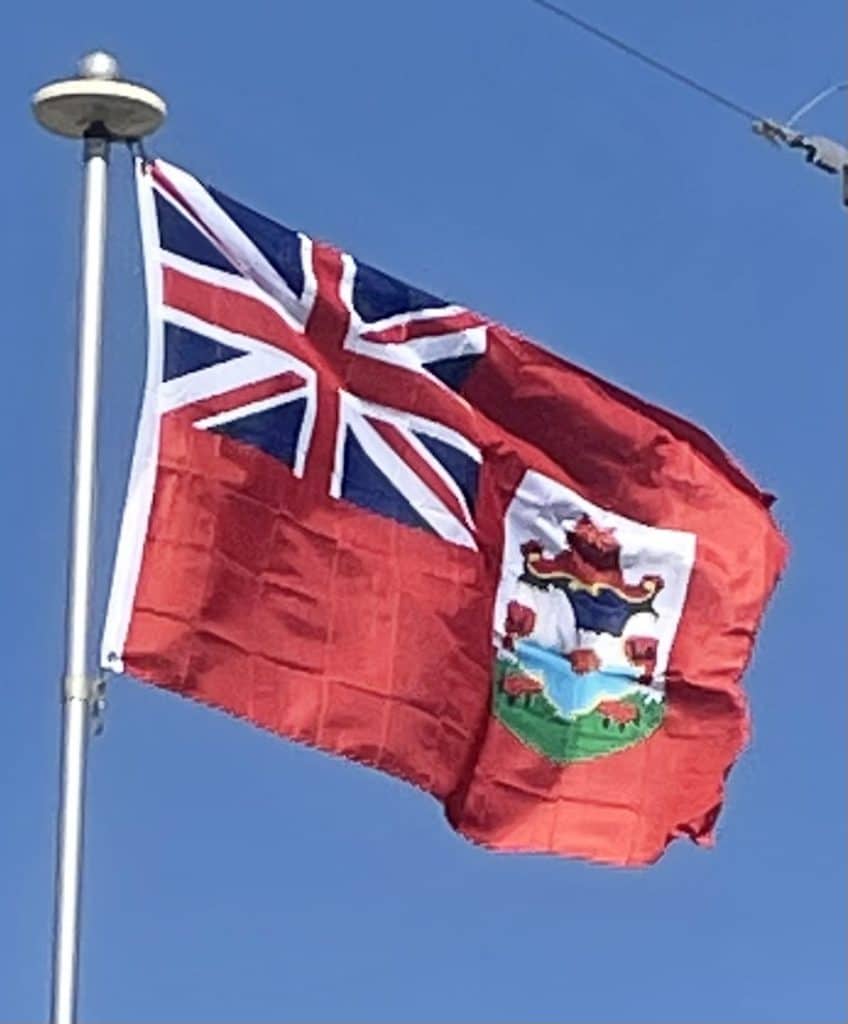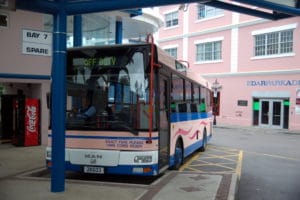There are four hundred securities listed on the Bermuda Stock Exchange (BSX), of which almost three hundred are offshore funds and alternative investment structures attracted by Bermuda’s regulatory environment. The Exchange specializes in listing and trading of capital market instruments such as equities, debt issues, funds (including hedge fund structures) and depository receipt programs. The BSX is a full member of the World Federation of Exchanges and is located in an OECD member nation. It also has Approved Stock Exchange status under Australia’s Foreign Investment Fund (FIF) taxation rules and Designated Investment Exchange status by the UK’s Financial Services Authority.
Four banks operate in Bermuda, having consolidated total assets of $24.3 billion (March 2014).

Tourism is Bermuda’s second-largest industry, with the island attracting over half a million visitors annually, of whom more than 80% are from the United States. Other significant sources of visitors are from Canada and the United Kingdom. Tourists arrive either by cruise ship or by air at L.F. Wade International Airport, the only airport on the island. However, the sector is vulnerable to external shocks, such as the 2008 recession.

